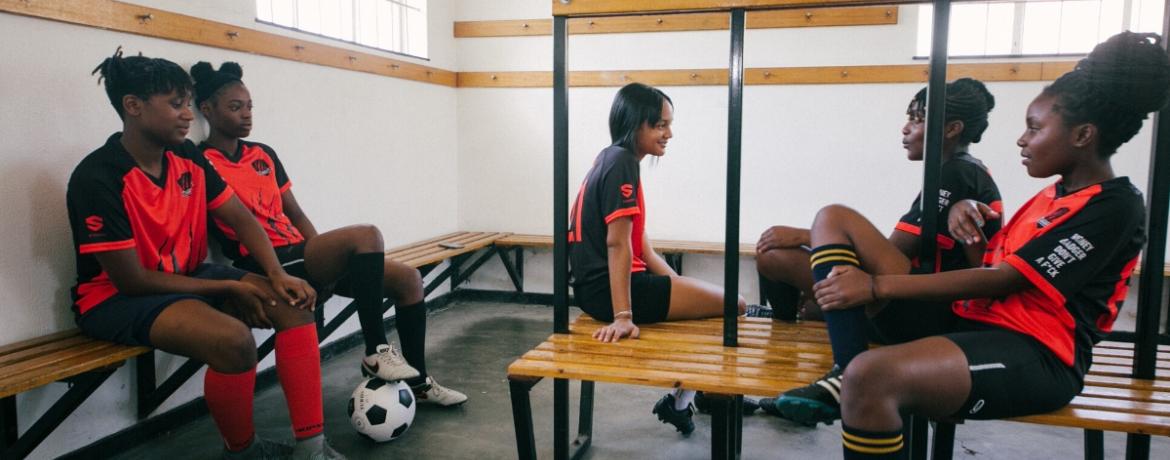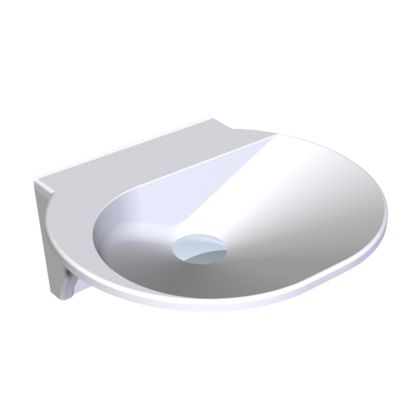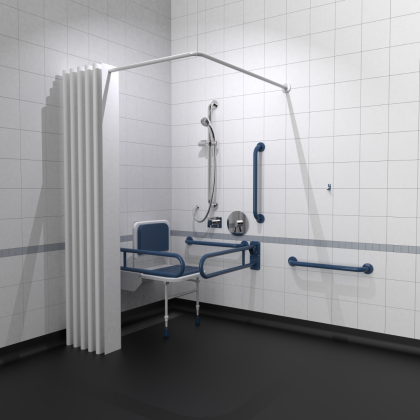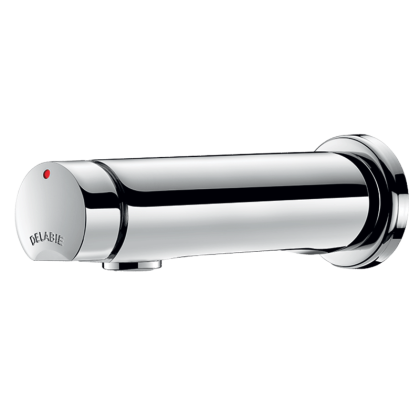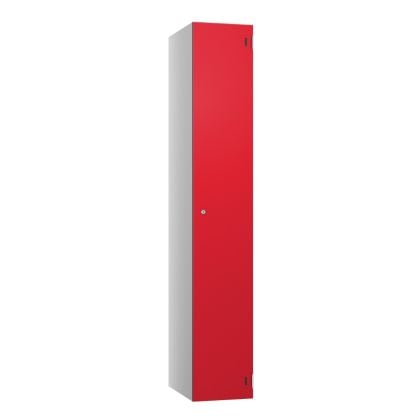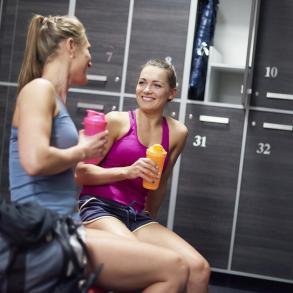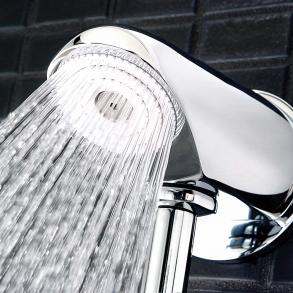Gone are the days of smelly, dull and dingy PE changing rooms in schools. Expectations of changing room facilities is high among teachers, parents and pupils. We explore 10 ways to improve your school changing rooms.
1. Increase ventilation
Do you have persistent damp problems in your changing rooms? Well, you’re not alone. The wet humid nature of this environment means this wash space is prone to this kind of issue. Sure, many changing rooms have high windows kept ajar, but proper ventilation from extractor fans is perhaps your best option for getting moisture to escape the room and irradicate the problem once and for all.
2. Dry storage space
This might sound like an obvious one, but you’d be amazed at how many school changing rooms do not currently have enough dry storage space for pupils to use when changing. Benches and hooks provide a place for users to place their bags and dry clothes while changing and drying. School changing rooms can become quite wet and when space is limited, clothes and personal belongings can hit the floor and become soggy and unusable for the day.
Dry clothes storage is more important in school changing rooms than any other changing environment as students can have a sports lesson and a shower in the middle of their school day. In a break from tradition, many schools are opting to install lockers much like leisure centres. Not only does this increase dry storage, but also gives students a secure place to stow valuables.
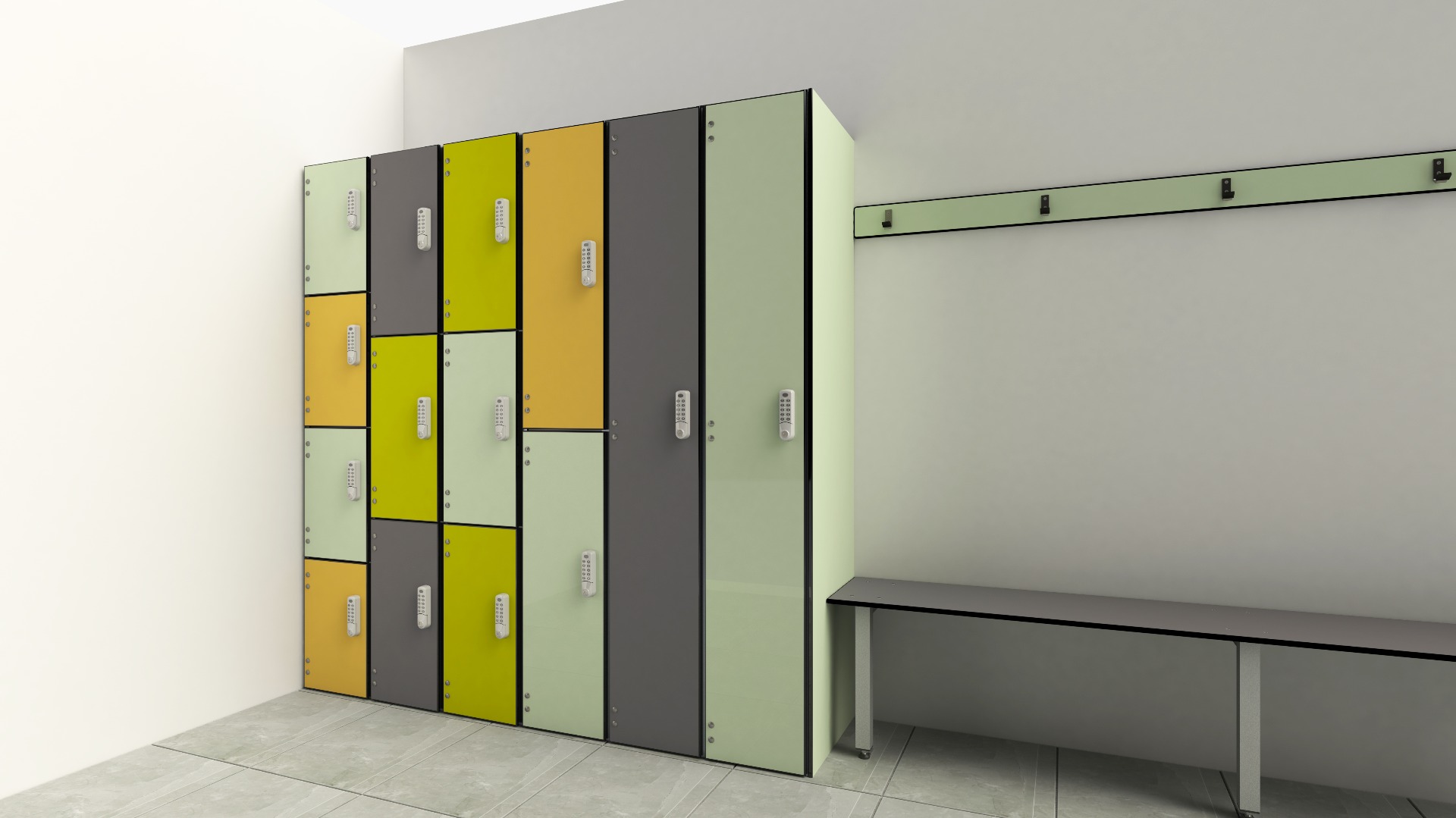
3. Safety flooring
The flooring in changing rooms often has a shorter life compared to other washroom environments. With the added beating it takes from sports shoes and studs, many schools have traditionally turned to tiled floors that carry an anti-slip property. However, the laminate flooring available today is arguably far superior and comes with anti-slip features that work with both wet bare feet, and shoes. These are also much safer for users when still wearing running spikes or studs.
4. Could your shower units be improved?
Low pressure? Showers take a long time to warm up? There can be many reasons to upgrade and reassess your shower set-up. When replacing showers though, give thought to future maintenance. Pipework hidden within a brick wall and behind tiles can be hard to access, while false walls, ducting systems and all-in-one shower panels remove this dilemma. Shower panels give you complete access to each individual unit and because they are surface mounted, maintenance is made quick and easy.
5. Sensor activation
Sensor activation reduces the spread of dirt and bacteria, improving the hygiene of the changing room. Students never need to physically touch the fittings, and so cleaning of the space is also made easier. These taps also remove the risk of accidental flooding and water being left running absentmindedly.
6. Grab rails & Doc-M shower packs
Accessibility is always at the forefront of school washroom design and changing rooms are no exception. Grab rails can be installed outside of disabled toilet cubicles and utilised throughout the room near to both changing and showering areas. Full Doc-M shower packs are sometimes used in schools where space or building regulations dictate. However, if you would like more information on Doc-M, see our feature What is Doc M?
7. High-powered hand dryers
The lesson’s over, and you have a group of school children that need to get washed, changed and onwards to their next lesson. Time is most certainly of the essence here, which is why high-powered hand dryers are the preferred option when refitting school changing rooms. Items like the Dyson Airblade DB make short work of drying hands.
8. PIR lighting
Lights get left on all the time, burning electricity and costing your school money. Sensor activated light systems remove this problem as well as the risk of lights being left on overnight. PIR light sensors also mean the lights are only activated when someone is actually in the room and can deliver substantial savings over the course of a year.
9. Floor Drains
Floor drains are imperative in changing rooms, whether it's to take away all the water from users emerging from the shower, or for daily hose-downs when half the football pitch seems to be left on the floor. Aco drains are one of the most popular installations, which is often carried out at the same time as installing new safety flooring. If you are about to replace your flooring and do not already have ample floor drainage, now is the time to look into it.
10. Controlled water flow
Another area where economic savings can be had is with water consumption. We've talked about how installing sensor or push taps means that water is only emitted for a set period of time and the risk of them being left on accidentally is removed. Used at both washbasins and shower points, your changing rooms water usage can be significantly reduced.
But you can take your water saving even further by installing low volume toilet cisterns and waterless urinals. Waterless urinals do not require mains water feed for flushing and instead use a clever cartridge at the waste outlet. Between controlled water flow, low volume cisterns and waterless urinals, you can expect your water usage and bills to plummet.
If you’d like further advice, or to talk about how your schools changing rooms could be improved, upgraded or refurbished, please get in touch today on 01202 650900

